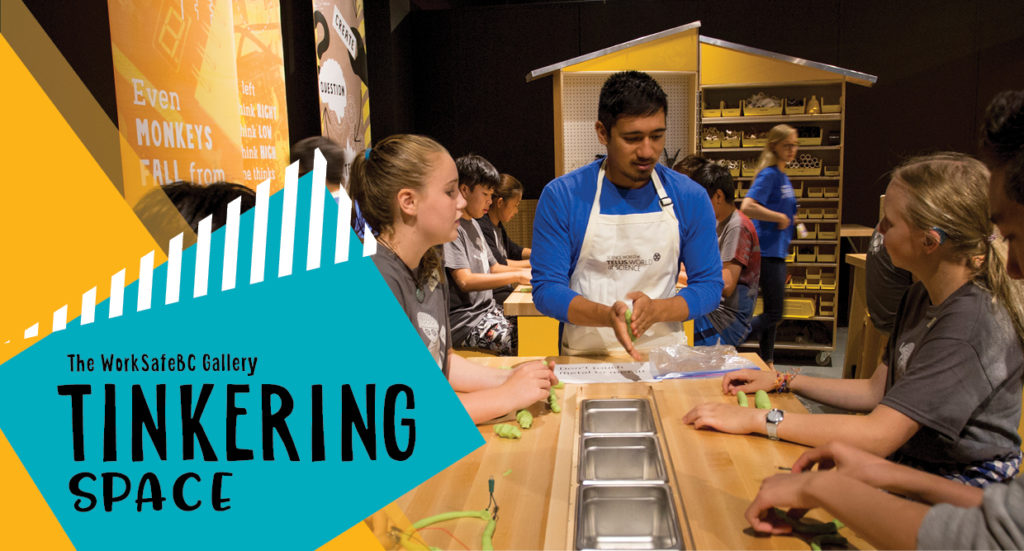In this activity, students learn how a seismograph measures the shaking of the earth during an earthquake.
A typical seismograph has a pen attached to a heavy weight. The weight is free to swing back and forth, or to bounce up and down on a spring. The pen touches a rotating cylinder of paper, so that the pen draws a line as the cylinder rotates.
If the ground does not move, the pen draws a smooth straight line. But when the ground moves, the cylinder moves along with it. The heavy weight, on the other hand, has a lot of inertia and stays still. The result is that the pen draws a zigzag line on the shaking cylinder.
The stronger the shaking, the sharper the zigzags. This zigzag picture made on the paper roll is called a seismogram.

